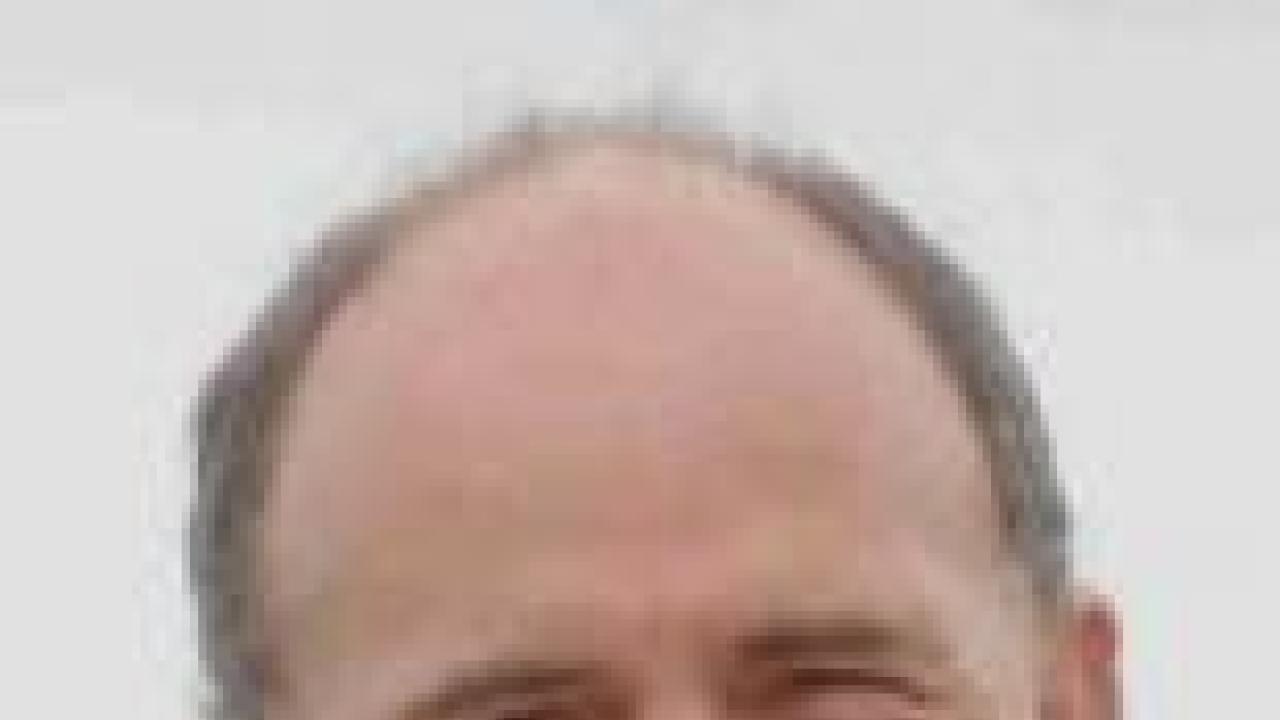
Today at 16:30 in the Main Lecture Hall of Leonardo Building,
Andrew
Cleland from the University of California, Santa Barbara will
discuss
two experiments he and his research group conducted in 2010 that
are
important to the future design and construction of quantum
computers.
Digital computers are one of the technological marvels of the
20th
century. Looking ahead, research groups around the world are
anticipating the moment when digital computers will reach their
physical
limits. Cleland's
group is making significant strides toward the next
generation of computers: the quantum computer.
Instead of bits--the basic unit of information that encodes data
in
digital computers--a quantum computer would use qubits, the
quantum
equivalent of a bit. One step toward harnessing the tremendous
potential
computing power of qubits is to learn how to gain complete
quantum
control over photons at microwave frequencies. In 2009, Cleland
and his
group designed an experiment that allowed them to do just that.
One year
later, the group made another leap in the right direction.
"Quantum mechanics provides a highly accurate description of a
wide
variety of physical systems," the group states in the scientific
paper
they published in /Nature/ on their work. "However, a
demonstration that
quantum mechanics applies equally to macroscopic mechanical system
has
been a long-standing challenge, hindered by the difficulty of
cooling a
mechanical mode to its quantum ground state."
The group was able to successfully cool a mechanical resonator to
a
freezing .02 Kelvin. "We further show that we can controllably
create
single quantum excitations (phonons) in the resonator, thus taking
the
first steps to complete quantum control of a mechanical
system."
They reported their experiments and results in three papers, all
of
which were published in /Nature/. The first step in quantum
computing is
determining if it's viable followed by the immense challenge of
building
a successful system.
"Our goal is to design experiments that show that quantum
computing is
possible," Cleland says. "We want to solve the physical problem
of
quantum computing. The next step will be a problem of
engineering."













